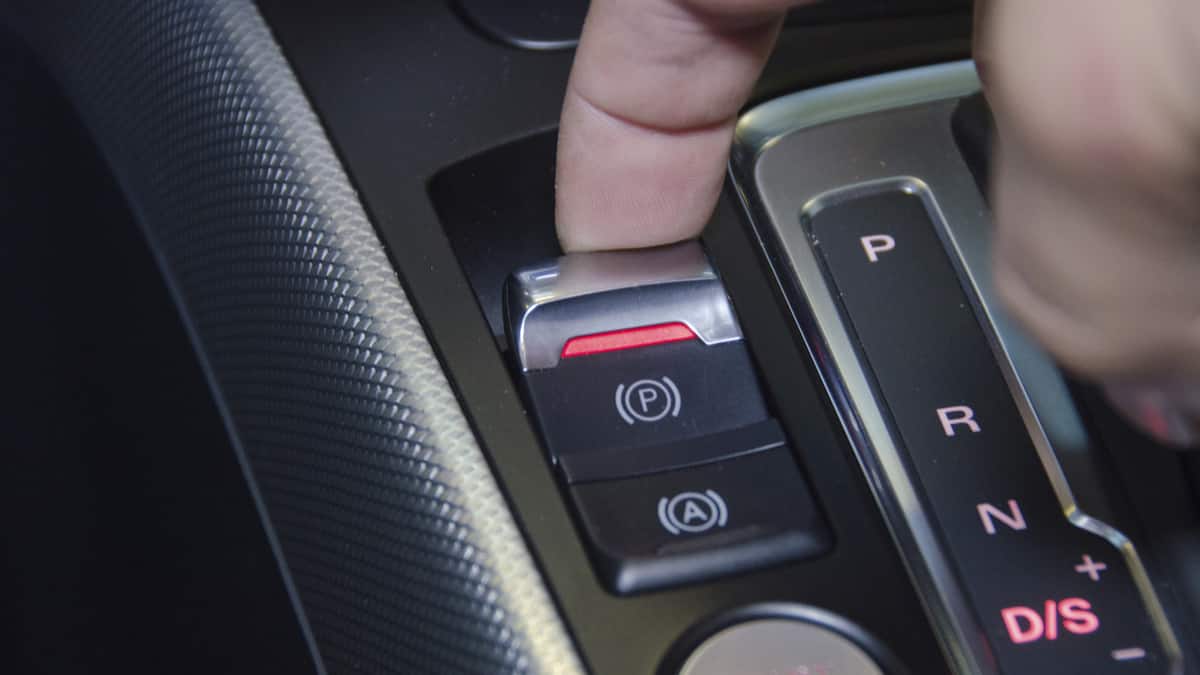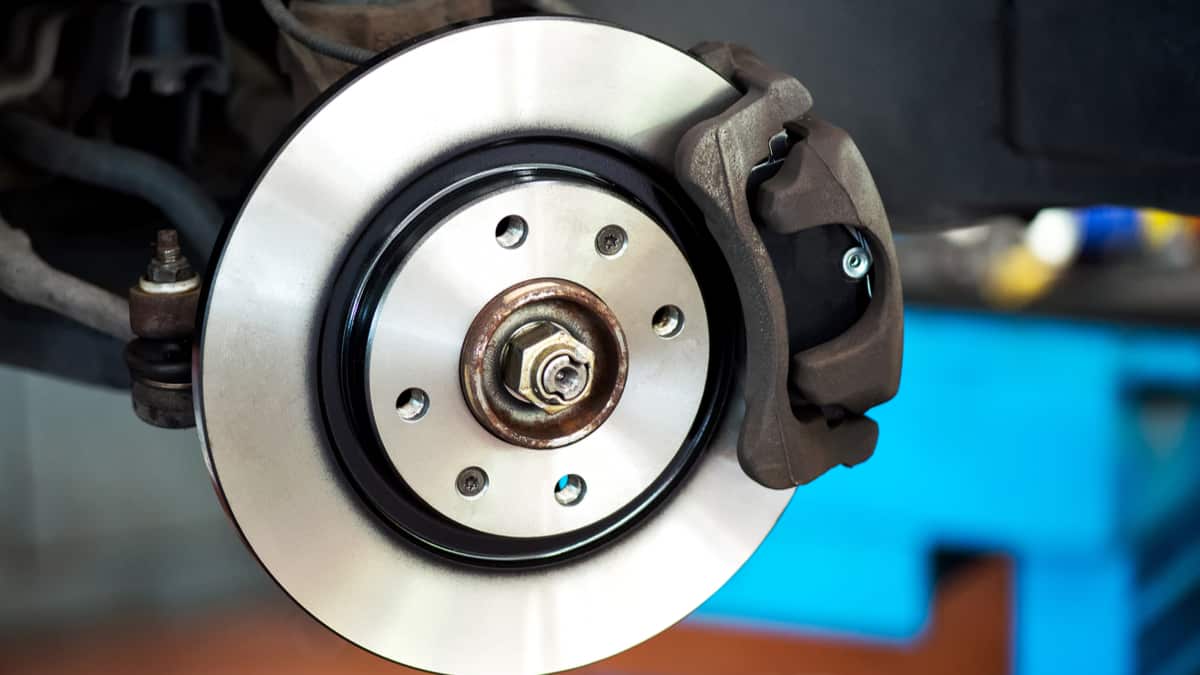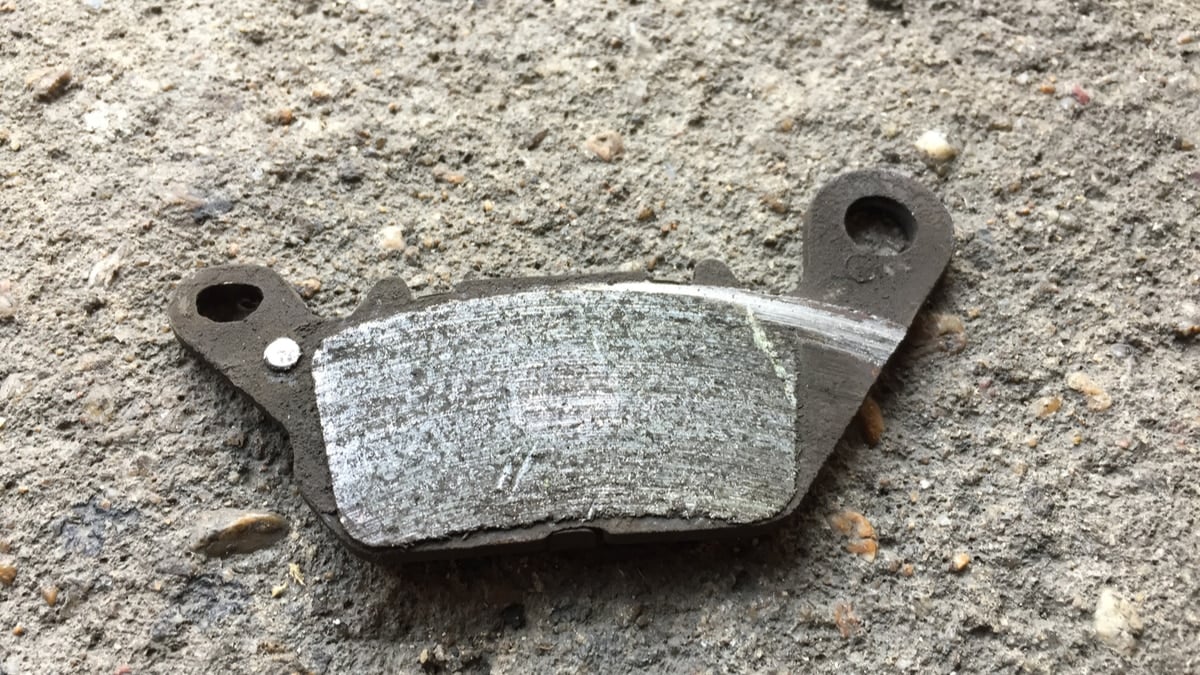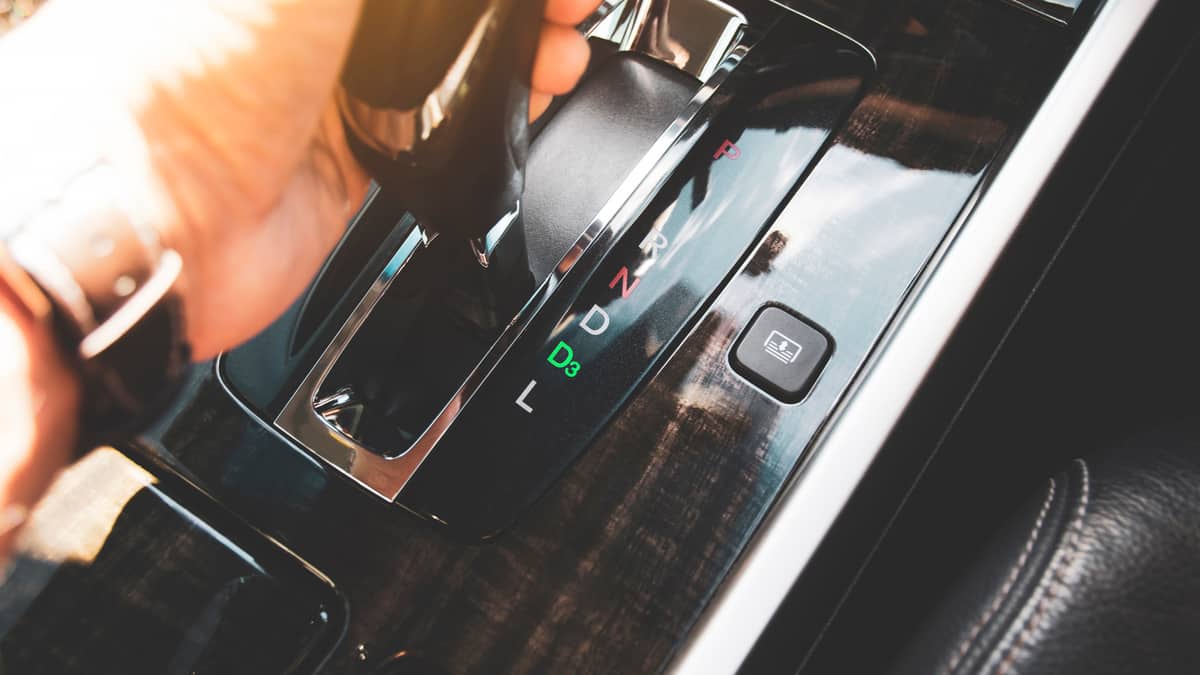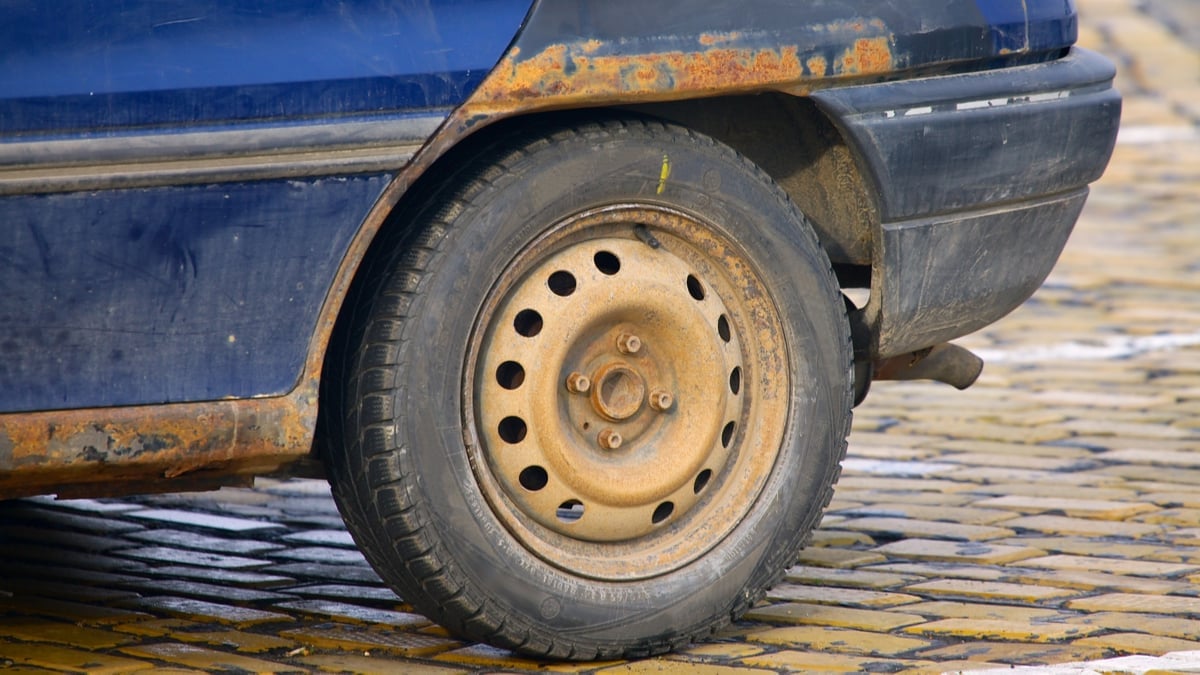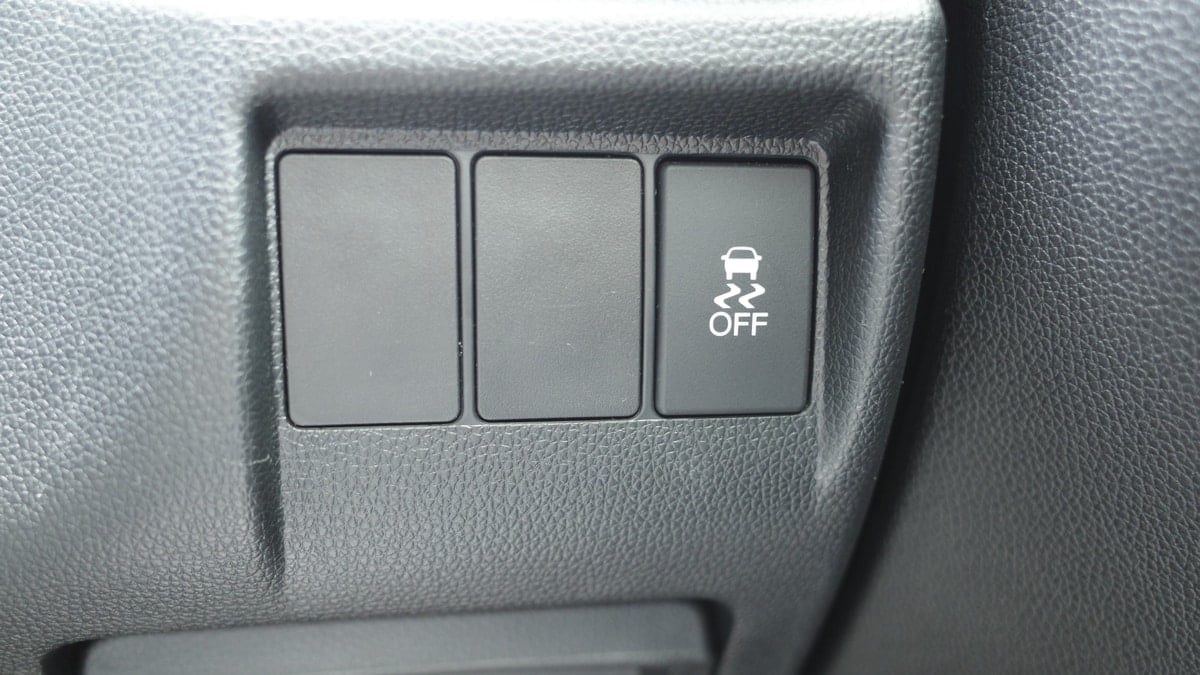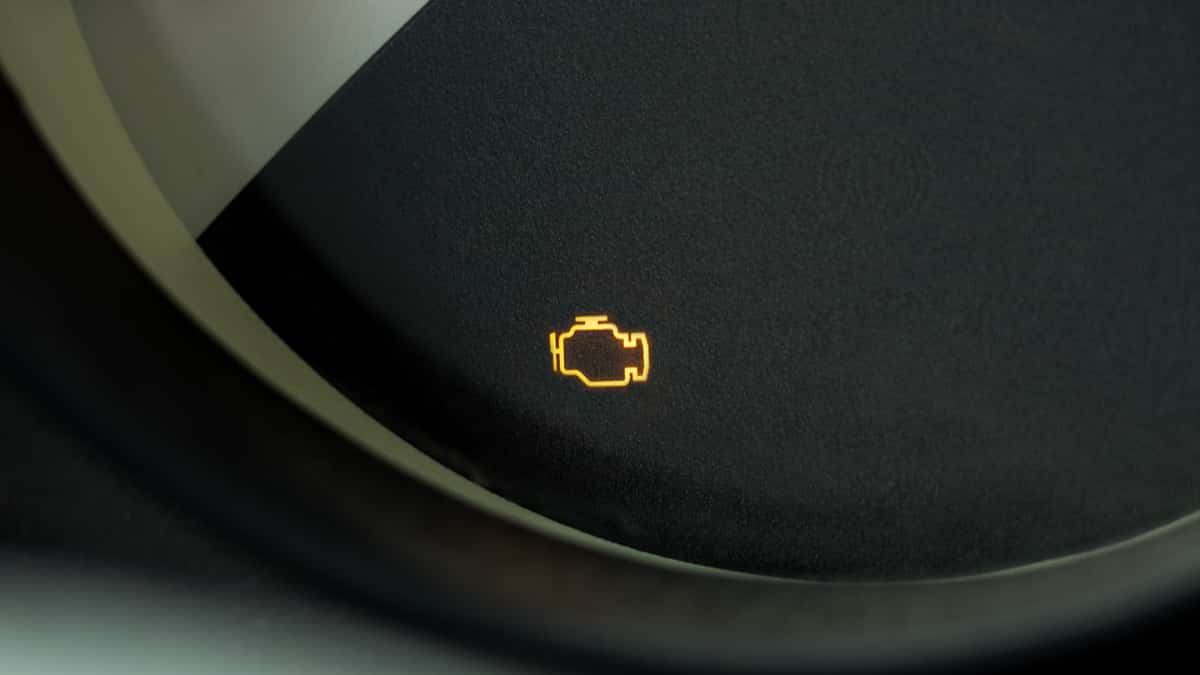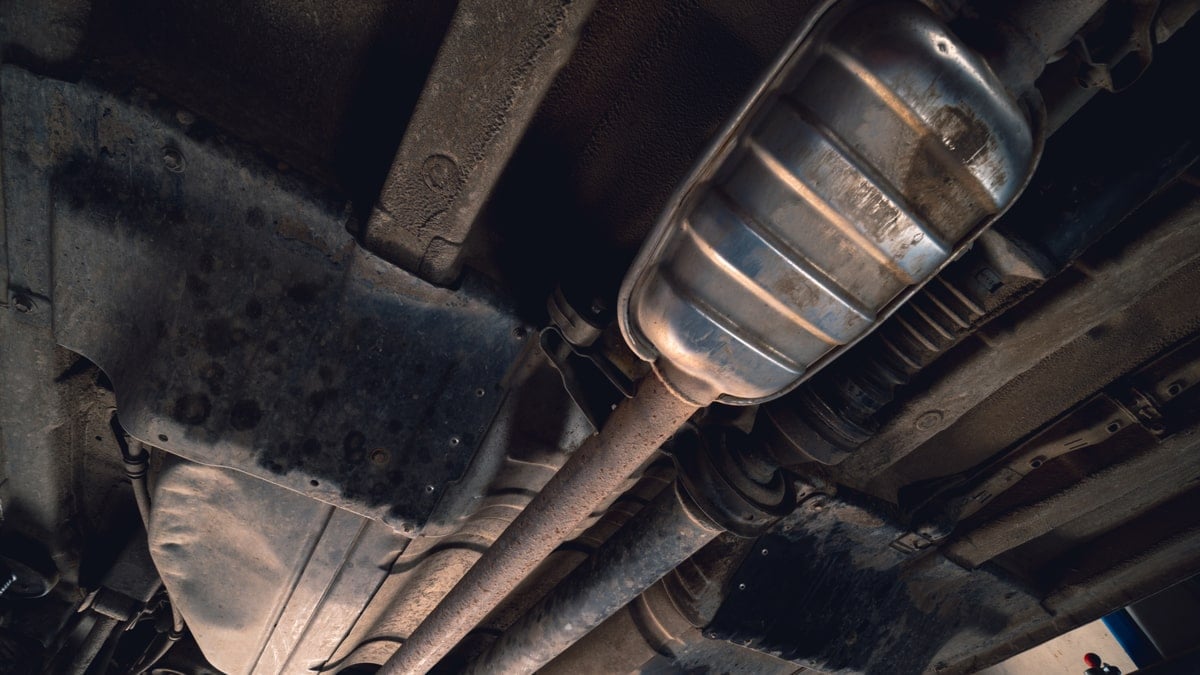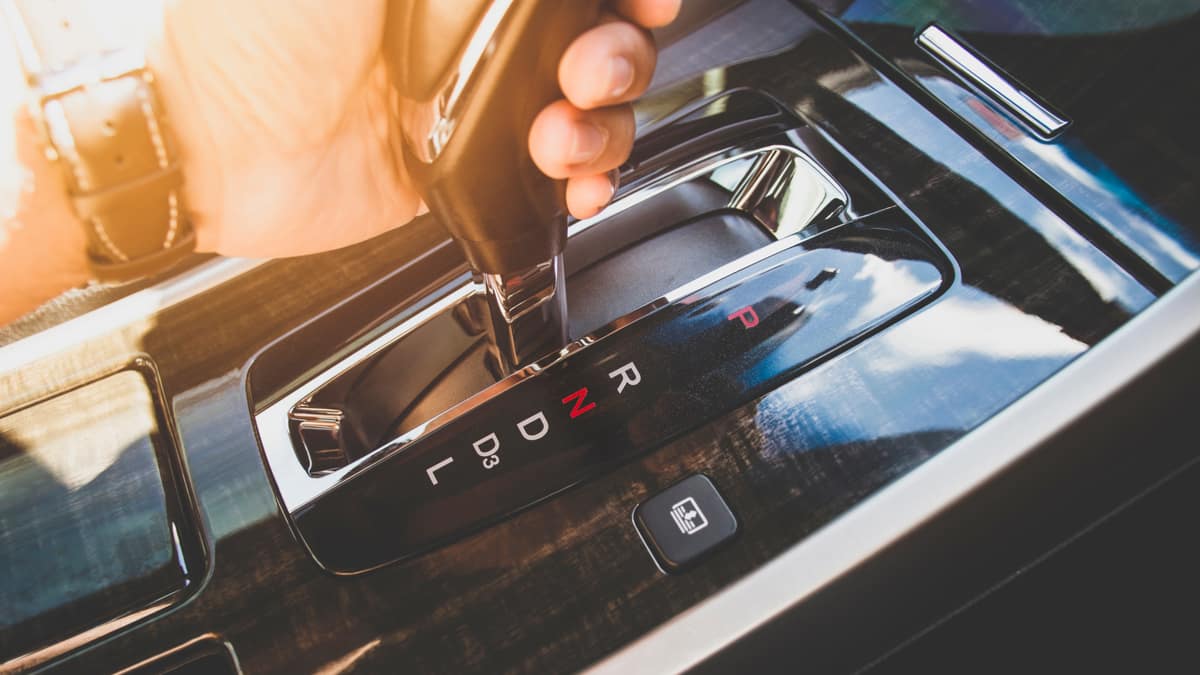In the world of cars, you will hear lots of abbreviations for important things. For example, it’s common to hear about mpg, mph, ABS, hp, and 4WD. While each of the abbreviations is important, they all have their own meaning. Just like TLC. What does TLC mean for cars, and why should you care?
In this guide, I take a closer look at the meaning of TLC. I also show you some practical steps to help you care for your vehicle.
What Does TLC Mean in Cars?
The abbreviation TLC stands for “Tender Loving Care.” In the automotive world, it’s a term used to describe maintaining and caring for your vehicle. With a little TLC, your car is less likely to break down, ensures you remain protected, and it helps you save money from expensive repairs.
With a little love, you can keep your car on the road longer. It’s your own insurance policy, protecting the thing you love.
How to Provide TLC to a Car
1. Change Oil/Filter

The most basic maintenance task you can perform is the regular oil and filter change. By replacing the oil, you keep the engine lubricated and running its best. Allowing old oil to run in the engine only increases contaminants and leads to premature wear.
The frequency of oil and filter changes depends on the manufacturer and the type of oil you use. You can find recommendations in your car’s service manual. Otherwise, most manufacturers agree that you should change conventional oil every 3,000-5,000 miles, while synthetic oil is typically good for 7,500-10,000 miles.
RELATED: How to Change the Oil in Your Car (5 Easy Steps)
2. Check/Change Fluids
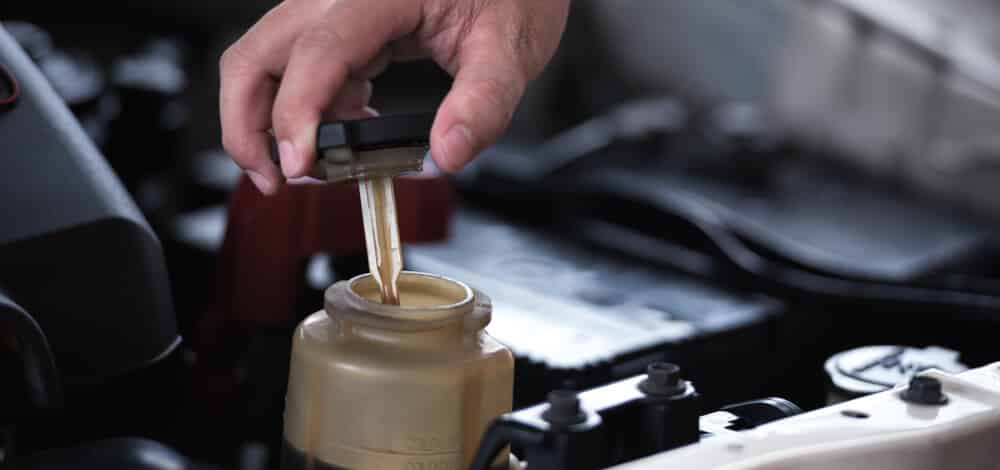
The engine oil is only one fluid that needs to be checked and changed regularly. You also have the coolant, brake fluid, transmission fluid, and power steering fluid to think about. Each of these fluids is a different color, so you can easily identify them if a leak occurs.
Depending on your car type and manufacturer recommendations, you will need to change some of these fluids at regular intervals. However, there are also some that should simply be topped off when needed. In either scenario, you should regularly check the fluids to ensure all of the major systems are running as intended.
RELATED: 11 Car Maintenance Tips (Extend the Life of Your Car)
3 Rotate Tires
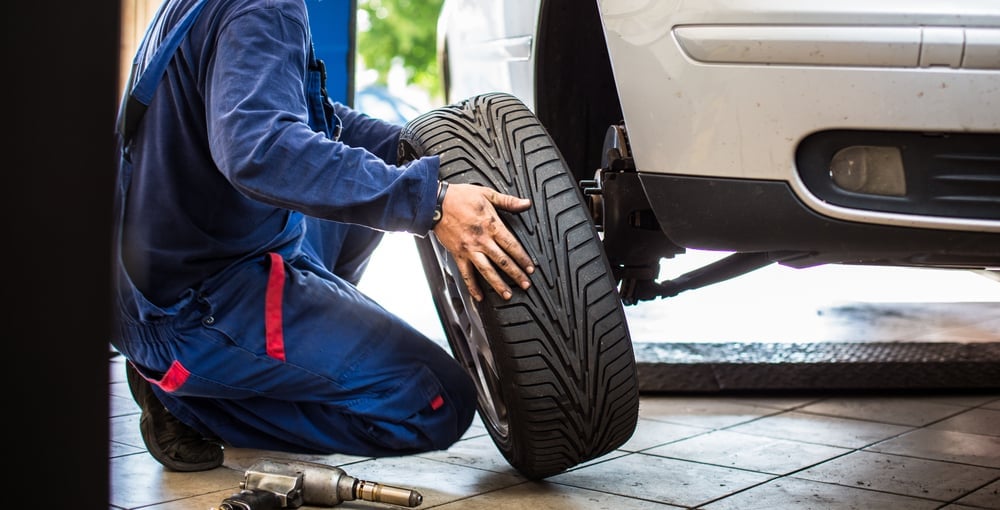
By rotating your car tires, you extend the life of the tread and improve on-road handling. In general, tire rotations are recommended every 6,000 to 8,000 miles. Some people choose to have it done at the same time as an oil change to keep it simple.
Because the tires on the front of the vehicle operate differently than those on the back, the tread doesn’t wear evenly. To ensure that the tread wears in a uniform pattern, moving them around the car is essential.
However, not all cars have the tires rotated in the same direction. They can be moved in a rearward cross, X-pattern or forward cross-motion, depending on what type of car you drive.
RELATED: How Much Does a Tire Rotation Cost? (& Is it worth it?)
4. Replace Brakes
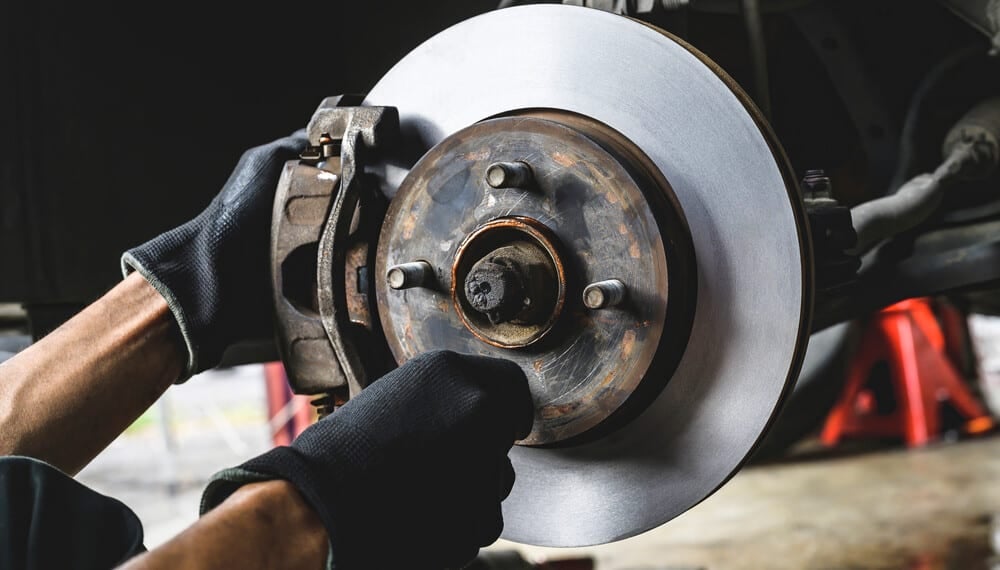
Your car brakes are designed to stop your vehicle before a collision occurs. If the pads aren’t changed before they wear out, the stopping time increases, and your safety is put on the line. Brake pads contain wear indicators to let you know when it’s time for a change, but it’s also wise to perform a regular inspection.
Most brake pads need to be replaced every 25,000 to 50,000 miles, while rotors typically have a life of 30,000 to 70,000 miles. In some cases, you’ll be able to resurface the worn rotor, while other times, it’s imperative to replace them.
5. Check Battery
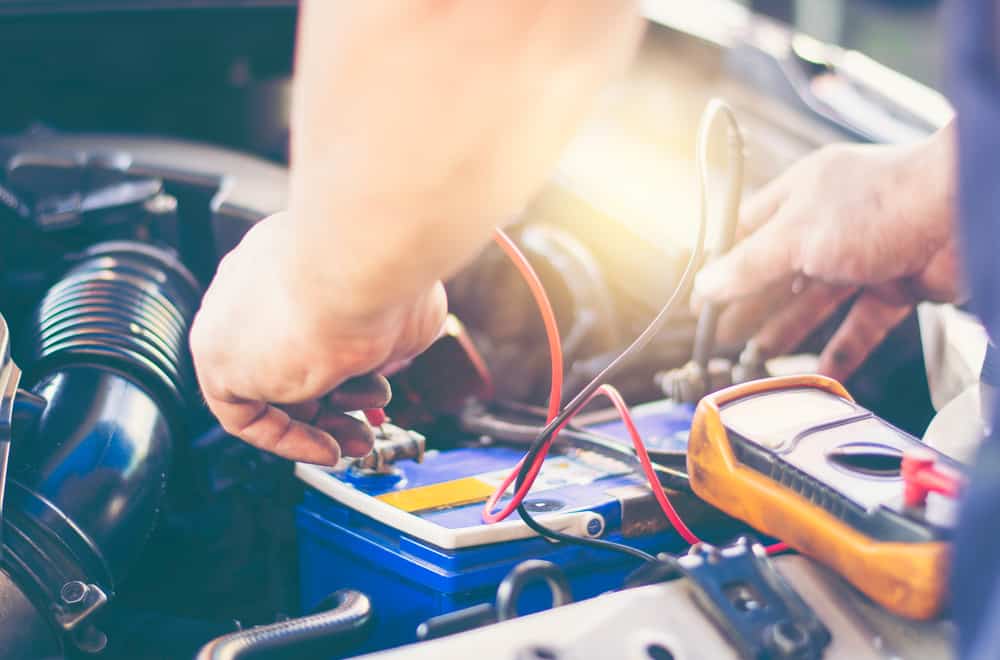
The car battery doesn’t have an infinite lifespan. In fact, it’s only meant to last for about three to five years. When the car battery dies, you find yourself in a complicated situation, especially if you are running late for work. However, you can head off this annoying situation simply by offering your battery a little TLC.
Perform a visual inspection of the battery occasionally. It should appear in good condition and there should be no corrosion on the connectors. If there is, you want to use a baking soda and water solution to remove the corrosion.
Additionally, you can have the battery tested for free at most auto parts stores to check its condition. Pushing your vehicle to its limits and driving in extreme temperatures can both take a toll on a battery. Replace it at the first sign that it’s struggling to provide the power your car needs.
6. Keep it Clean

It may not seem important to keep the car clean, but there are amazing benefits to the practice. By cleaning and waxing the exterior, you keep the paint looking its best. If you’ve ever had to have auto body or paint work performed, you know how expensive it can be, so you want to avoid that in the future.
Plus, cleaning the inside of the car is just as important. With some TLC, you help your vehicle look new, thereby protecting the resale value. When it comes time to sell your car, you should be able to get top dollar, helping you afford the next ride you want.
None of these tasks listed in our guide is difficult to perform and the majority can be done at home if you have some basic mechanical knowledge. Set aside regular time to care for your vehicle and the investment will pay off down the road.
Categories: Cleaning & Detailing, Maintenance

